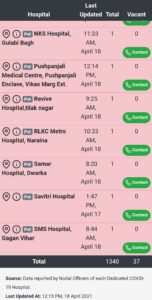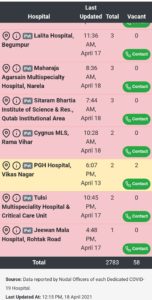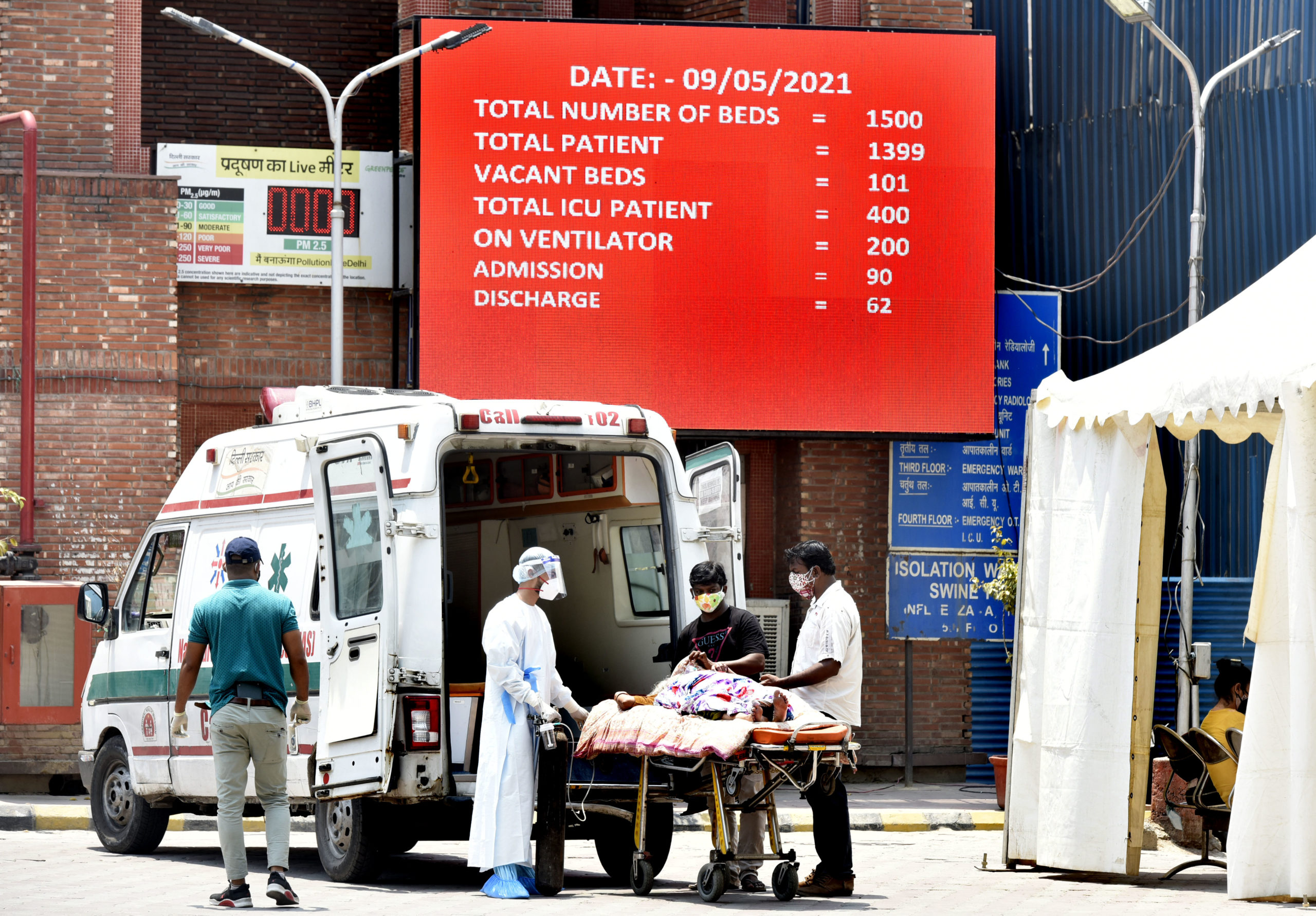Even though the government denies a record of any death due to lack of oxygen, the horrors of the last wave still haunts the citizens. With the probability of an upcoming Covid-19 third wave, the capital city amps up its healthcare facilities to fight it better — unlike last time
The number of Covid cases, as of now, have considerably gone down in the country — but expert opinion says the third wave might be around the corner. The capital city witnessed a deadly second wave where the one-day positivity peak had reached upward of 26 thousand. However, Delhi has seen 62 positive cases and four deaths in the last 24 hours.
How well will the government be able to firefight this time?
The second wave saw unpreparedness for the colossal numbers; there weren’t enough beds for the critically sick nor oxygen – even though for the latter, the government in Rajya Sabha on July 20 said that no deaths due to lack of oxygen had been reported by the states.
While the Centre has answered this to the questions by KC Venugopal, deaths due to shortage of oxygen were reported by at least two hospitals in Delhi. These are Batra hospital where 12 persons died, and Jaipur Hospital in Delhi’s Rajouri Garden area, where 31 died.

Oxygen suppliers we had spoken with had said how acute the shortage had been, with one stating he was receiving on average 2,000 calls per day from distressed nursing homes and the general public for oxygen cylinders. With hospital beds running out, many were forced to stay home; those who were lucky found a cylinder to help them breathe.
At present, on July 21, the Delhi government website shows a total of 13,743 oxygen beds, with 13,398 vacant. As for ICU beds there are a total of 3,727 with 3,573 available, while ICU beds with ventilators are 1,412 with 1,300 vacant.
On April 18 of this year, the total number of ICU beds with ventilators was at 1,340 so there has been an increase of 72 beds. At that point in April, when things were critical, 37 beds were shown as available (as can be seen in the screenshot) but even then, as we had reported, bed availability in reality as opposed to what was mentioned on the website — was very different.
While the Centre maintains that there weren’t any deaths reported due to lack of oxygen, the central government hospitals are getting equipped with Medical Oxygen Plants. In Delhi’s AIIMS, and Ram Manohar Lohia Hospital a press release on May 4 claimed plants installed would start functioning by the next day. The plants are designed for a flow rate of 1,000 liters per minute. The system caters for 190 patients at a flow rate of 5 LPM and or charge 195 cylinders per day according to the press release.
Delhi’s Chief Minister Arvind Kejriwal in June inaugurated 22 oxygen plants at nine Delhi government hospitals. The Pressure Swing Adsorption (PSA) oxygen plants have a total production capacity of 17.3 metric tonnes. Seventeen more oxygen plants are scheduled to become operational by July.
Kejriwal, as opposed to the centre, has maintained that the surge in Covid numbers had seen a huge shortage of oxygen. He pointed out, while there was an increase in the requirement of oxygen there was no means of production or even tankers to procure oxygen from Haryana and Uttar Pradesh on the directions of the Centre. With the new plants, he says they are now fully prepared.
Other than that, the city also needs to be ready with testing its people when numbers start climbing again. Currently, the ‘Delhi fights Corona’ website has listed 309 testing centres. Another commodity whose demand skyrocketed and could not be supplied were the demand for drugs like Remdesivir.

Remdesivir has not been approved by WHO for use in Covid, but has approval in India under the National Clinical Management Protocol for Covid-19. Like oxygen demand, there were many using social media looking for this drug.
There were several cases that landed in the High Court submitted by distressed hospitals and individuals. These are related to oxygen availability, real time availability of beds on Corona dashboard, blood plasma therapy and drugs like Remdesivir and Tocilizumab.
Standing Counsel of Union of India, Amit Mahajan had submitted that an exporter of Remdesivir had applied for clearance for supply in India and that 35 additional manufacturing units have been given clearances for manufacture of Remdesivir for domestic consumption.
Chetan Sharma, the ASG also said that seven manufacturers have been given licenses to manufacture Remdesivir, and the production has been ramped up from 38 lakh vials to 1 crore vials per month.
On May 17 a press release by the Union Chemical and Fertilizer Ministry says production capacity of Remdesivir increased to nearly 119 lakh vials per month from 38 lakh vials per month.
The State Governments and Union territories, it says have been asked to monitor the distribution within their jurisdiction covering both government as well as private hospitals. They have also been advised to place adequate purchase orders with the marketing companies immediately for the quantity that they want to purchase out of allocation as per supply plan in close coordination with liaison officers of the companies.
(Cover: Credit – Getty Images)





